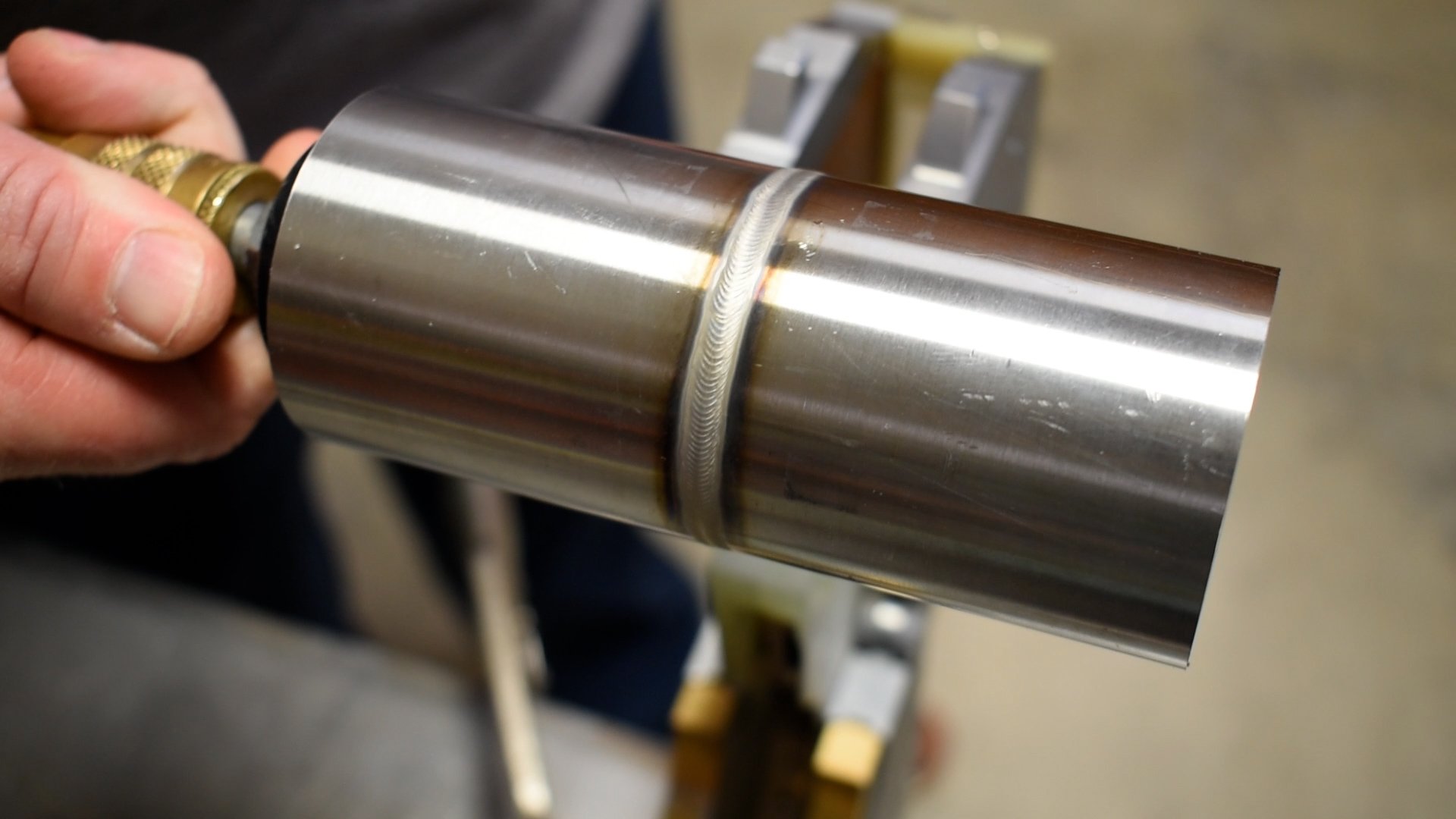Preventing Weld Undercut: Proven Techniques Every Welder Should Know
Preventing Weld Undercut: Proven Techniques Every Welder Should Know
Blog Article
Grasping the Art of Welding: Just How to Stay Clear Of Undercut Welding Issues for Flawless Construction Outcomes
By recognizing the root creates of undercut welding and implementing efficient methods to prevent it, welders can boost their craft to new degrees of quality. In the pursuit of remarkable fabrication outcomes, mastering the art of welding to avoid undercut issues is not just a skill yet a necessity for those striving for perfection in their job.
Recognizing Undercut Welding

To avoid undercut welding, welders ought to guarantee correct welding parameters, such as adjusting the present, voltage, traveling rate, and keeping the right electrode angle. By comprehending the reasons of undercut welding and applying precautionary procedures, welders can achieve top notch, structurally audio welds.
Sources Of Undercut in Welding
Understanding the variables that add to damage in welding is important for welders to produce top notch, structurally sound welds. When the weld steel does not effectively load the groove formed in between the base metal and the formerly transferred weld steel, undercutting happens. Numerous aspects can cause damage in welding. One typical reason is extreme warmth input. Welding at high temperatures for extensive durations can cause the base steel melting greater than preferred, leading to undercut. Inadequate welding inaccurate or existing welding speed can also contribute to damage. Not enough current may not give enough warmth to melt the base and filler metals appropriately, while extreme speed can protect against correct fusion, causing undercut. Furthermore, incorrect electrode angles or inaccurate torch adjustment methods can create areas of low weld metal deposition, promoting undercut. Comprehending these causes and implementing appropriate welding methods can assist stop damaging problems, making certain resilient and solid welds.
Strategies to stop Undercutting

To reduce the threat of damaging in welding, welders can utilize tactical welding techniques focused on boosting the top quality and integrity of the weld joints. One efficient approach is to adjust the welding parameters, such as voltage, current, and travel rate, to guarantee correct warmth input and deposition. Keeping an appropriate electrode angle and making certain regular travel speed can additionally help protect against undercut. In addition, using the correct welding technique for the particular joint arrangement, such as weave or stringer beads, can add to minimizing damaging. Preventing weld undercut.
In addition, proper joint preparation, including ensuring tidy base products devoid of pollutants click this link and utilizing the suitable welding consumables, is crucial in stopping undercut flaws. Utilizing back-step welding methods and regulating the weld grain profile can also aid disperse warmth uniformly and minimize the danger of undercut. Normal inspection of the weld joint during and after welding, in addition to applying quality control steps, can assist in identifying and attending to damaging problems immediately. By applying these strategies vigilantly, welders can accomplish perfect manufacture results with very little undercut problems.
Importance of Proper Welding Specifications
Choosing and maintaining ideal welding specifications is essential for achieving effective welds with minimal issues. Welding criteria describe variables such as voltage, current, travel rate, electrode angle, and securing gas flow price that directly affect the welding process. These specifications need to be meticulously readjusted based upon the type of product being bonded, its density, and the welding strategy utilized.
Correct welding specifications make certain the correct amount of heat is applied to thaw the base metals and filler material uniformly. If the parameters are established expensive, it can bring about too much warm input, creating spatter, distortion, or burn-through. On the various other hand, if the parameters are too reduced, incomplete fusion, lack of penetration, or damaging might take place.
Quality Control in Welding Procedures

Conclusion
To conclude, mastering the art of welding requires a detailed understanding of undercut welding, its causes, and strategies to stop it. By ensuring appropriate welding criteria and implementing top quality assurance methods, perfect fabrication results can be achieved. It is article source necessary for welders to consistently pursue quality in their welding procedures to stay clear of undercut concerns and generate top notch welds.
Undercut welding, a typical defect in welding procedures, happens when the weld metal does not effectively fill the groove and leaves a groove or clinical depression along the welded joint.To avoid undercut welding, welders must guarantee appropriate welding criteria, such as adjusting the present, voltage, travel rate, and keeping the proper electrode angle. Poor welding current or wrong welding rate can also contribute to undercut.To reduce the threat of damaging in welding, welders can employ tactical welding methods aimed at improving the quality and integrity of the weld joints.In final thought, understanding the art of welding requires a thorough understanding of undercut welding, its reasons, and strategies to stop view it.
Report this page